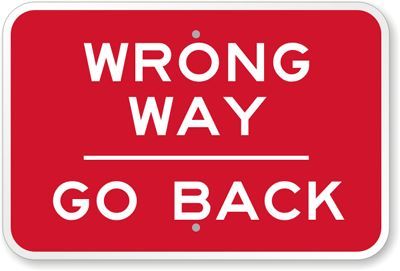20 Sep 2017

Let’s admit it. Bank bashing is passé these days.
Once you relieve the banks of a few billions in extra tax, the thrill fades quickly. Even when banks are caught laundering money, politicians and the media can only maintain the rage for so long.
Energy prices are another matter.
Every family and business in Australia is rightly incensed by soaring prices. Community anger fuels a high stakes political battle – a battle neither side of politics can afford to lose.
This year, the gas industry or, more precisely, Queensland’s LNG export industry has become a soft target in that battle.
Far from jostling each other to claim credit for a huge export success story, the government and the opposition have largely disowned the $8 billion industry.
Nothing is said about its 40,000 direct and indirect jobs, the $315 million paid to farmers or the raft of contracts struck in recent weeks.
Instead, the LNG industry is blamed for tight supply and rising gas prices on the east coast.
Put simply – put too simply – the LNG industry is accused of diverting gas from the domestic market to produce LNG exports.
In an almost unprecedented move, the government is creating export controls which could force the LNG projects to default on contracts.
Since 2016, the opposition has advocated domestic gas reservation; Labor is now calling for immediate export restrictions.
This debate has all the hallmarks of a bipartisan race to the (policy) bottom.
There has to be a better way to solve the problem.
There is no doubt that gas supply on the east coast is tight. Nor that the east coast market, like other markets, would benefit from competition reforms; markets built on bilateral contracts are usually opaque.
All Australians have a vital interest in more gas supply and more gas suppliers, if only to ensure that we have the gas-fired generation needed to guarantee energy security.
The Greens aside, everyone should agree that eastern Australia needs to develop more gas, quickly and at the lowest possible cost.
The alarming fact is this simple point has been lost.
In the 2017-18 budget, the Commonwealth announced worthwhile initiatives to support more supply.
The government urged the southern states demanding more gas to remove their restrictions on developing local resources.
Yet, only a few months later, the idea of supporting new supply has almost disappeared from the debate.
Instead, both the government and the opposition propose to expand domestic supply by cutting exports, via regulation. Redistribution rather than growing the cake is the new answer.
This policy of ‘Australia First’ might be in keeping with the times but it is not a genuine solution.
It does nothing to expand supply or reduce the cost of new supply. It is based on the flawed idea that the LNG industry is a risk to domestic supply when, in fact, the industry has underwritten, directly or indirectly, the new gas developed over the last decade.
Through the LNG industry, billions have been invested in converting coal seam gas from an idea into a fuel.
Ten years ago, coal seam gas production was about 100 petajoules; today it is well over 1200 petajoules. Over the last five years, gas production in the east coast has tripled, despite political bans in New South Wales and Victoria.
Today, Queensland is virtually self-sufficient, meeting state and LNG export demand from local production.
In fact, Queensland gas is now flowing south.
The policy failure is not that Queensland has developed massive new supply from its own fields; it is the failure of other States to do the same. The domestic market is tight because our two largest states have virtually no production.
This is the real, unsustainable problem.
The bad news for states which have painted themselves into a corner on coal seam gas is this new source of gas is already essential.
Onshore conventional reserves are in decline. Coal seam gas accounts for almost 90 per cent of reserves and supplies almost half of the east coast market. It will only grow in importance.
Adding export controls to all the other barriers to developing more gas supply will not help.
Exploration is already at a 30-year low.
More sovereign risk will not help attract the $50 billion in investment needed to maintain supply to 2030. Using export controls to divert gas to states which have locked up their own resources doesn’t just reward bad decisions; it locks those decisions in.
Export controls haven’t been used when the domestic price of other commodity exports has jumped.
Without prejudging the Australian Competition and Consumer Commission review of the east coast market, it is clear that the best way to put downward pressure on gas prices is to expand supply and enhance competition in the market.
APPEA is calling for reforms to cut costs, unlock resources and deliver the new production which is the only way to create sustainable long-term supply.
That’s the challenge governments need to seize.
This blog post was first published in The Australian Financial Review on 21 September.

